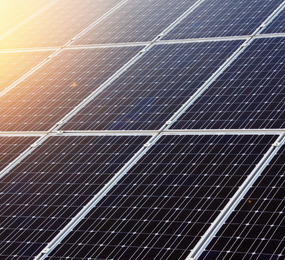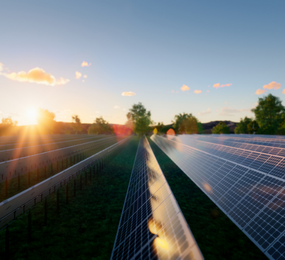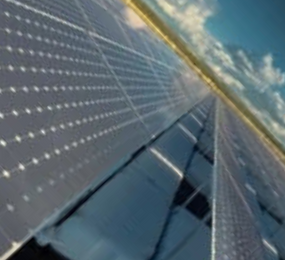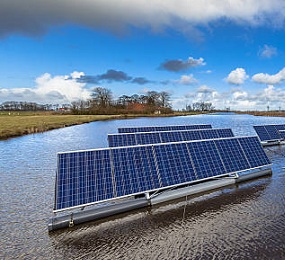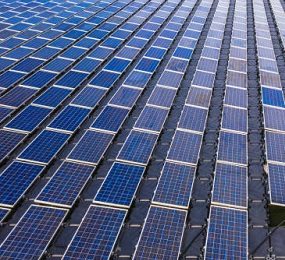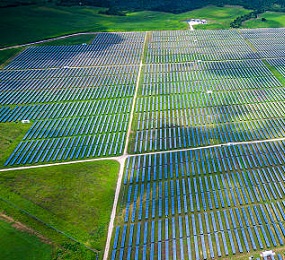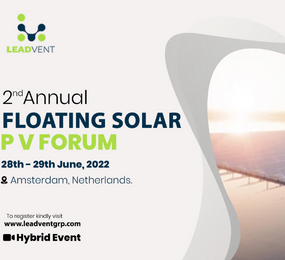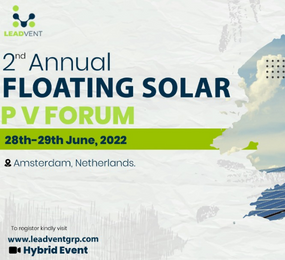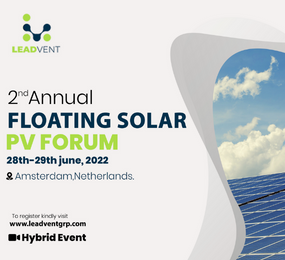Introduction
Energy is a crucial aspect of development in any country. Considering its propensity in various productivity sectors; industries, commercial, residential, transport to agriculture. This has greatly influenced the consumption of energy. According to reports, global energy consumption has been projected to increase by 33% before 2030, this is in response to the new interest and choice of people in the energy market. For a period of 2 decades, this push in increments is averagely considered high, which represents an average increment of 1.6% per annum.
Therefore, this sudden increment in demands is seen as a driving force for more productivity in the energy sector, hence, researchers are overwhelmed by the questions of how to increase future productivity to meet the rising demands. Additionally, as demand moves up, there is also a need to enhance various alternative energy production technologies which have been extensively explored over the last few decades, such as hydrogen production, biofuels, wind, and solar.
Energy Yield Assessment and Optimization
Considering the outcome of trials and examination of these alternative resources, all of these energy sources have been found one way or another to be promising to meet the future energy demand. Take for instance, the hydrogen production route via a membrane reactor technology has recently been reported to be viable on a large scale. More so, in terms of demands and sustainable supply of alternative energy, it has been observed through the years that for mega-scale power generation, solar energy provides a more suitable and as well abundant energy source available in nature. That is to say, on a daily basis the earth receives about 2×1011 MW from the sun. Which also has a less harmful impact on the human environment. Solar energy is therefore regarded as clean renewable energy that does not release any greenhouse gases.
On the other hand, the usage of electricity productivity has become unstable in the last few years. The global electricity production based on solar photovoltaic (PV) makes up only 15% of the energy capacity derivable from renewable sources. The low power conversion efficiency and high installation costs remain the major driving factor limiting the application of solar PV. While energy sources for solar PV are quite available, several studies have been reported on the implementation of floating solar PV (FSPV) plants on open lakes and irrigations. Thus, more elaborate studies and reviews on the development of PV technologies and their progressive applications are needed.
Floating Solar PV Energy Production
Briefly, baseline and productivity studies with a focus on the FSPV plants in Australia, show two benefits, which are an increased energy production due to the water cooling effect, and reduced evaporation rate leading to water saving. In addition to increasing the power efficiency of the PV cells, the implementation of FSPV plants can also save a lot of lands and as well support more structures. While there may be backdrops, the advantages are more pronounced.
Additionally, another prevailing value from this alternative energy productivity is the glass fiber reinforced polymer plastic (FRP), which has been found to be a promising material for the supporting structure. A feasibility study on the implementation of a 2 MW Floating PV system as part of a smart city program has manifested this. While that is the case, there is a need to evaluate the techno-economy of 1 GWh daily of a floating solar PV system.
FPV Optimization Method
The Optimization method used to evaluate the energy yield is determined by three factors which include:
-
Total cost of Floating PV system components such as solar panels, floating structures, power storage as well as mooring system.
-
Total area covered by the Floating PV system.
-
Percentage of Weight Distribution (PWD) to show stability.
Simulation and Optimization Modelling
A suitable dynamic simulation and optimization model has been developed to evaluate the relationship between levelized cost of electricity and renewables reliability and coverage on-off- and on-grid energy systems respectively. For instance, for Floating PV systems; due to cooling effects, its PV modules demonstrated that higher renewable reliability can be obtained at a lower levelized cost of electricity than on ground-based PV systems.
Basically, Floating PV systems generate higher power output due to the water cooling effects on the solar panels. Thus, FPV energy yield efficiency is higher than in conventional land-based PV systems including rooftop and ground-based systems.


